In various applications, rotary encoders are key components that make up motion control feedback circuits, widely used in industrial automation equipment, robotics technology, precision machinery, aerospace, and more.
According to the working principle, rotary encoders can be divided into types such as photoelectric, magnetoelectric, capacitive, inductive, and emerging time grating. They have significant differences in principle, structure, and application, and are suitable for different occasions and application needs. This article will provide an overview of the above encoder technologies and briefly describe the pros and cons of each technology.
Optoelectronic encoder
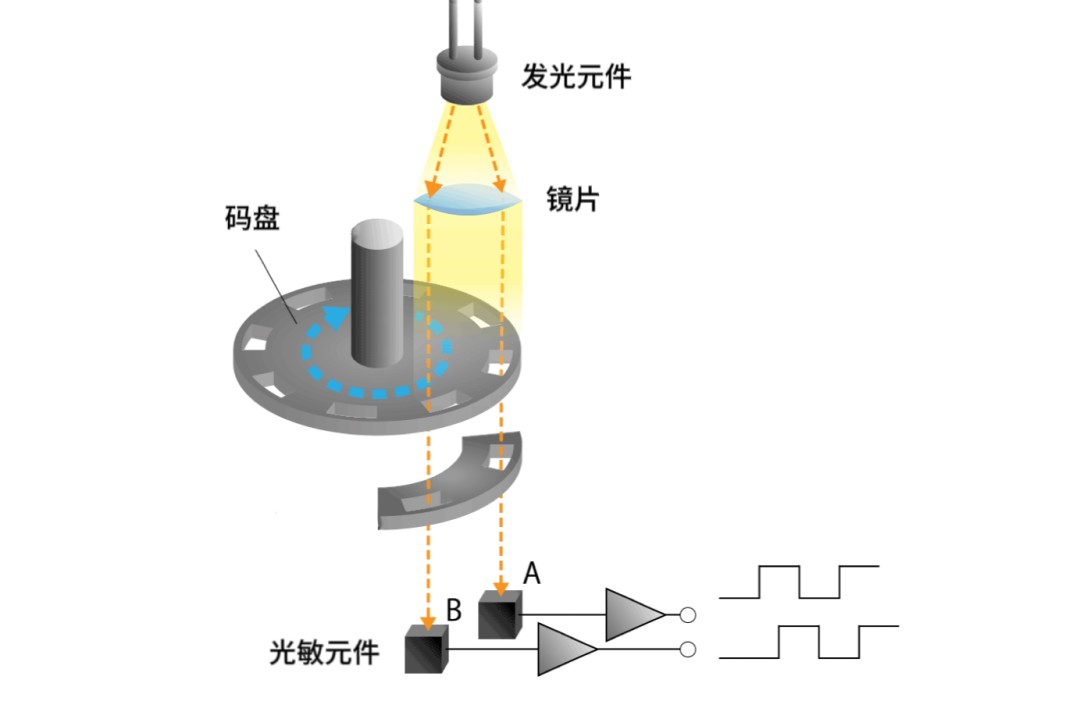
The photoelectric encoder converts rotational position information into optical pulse signals for detection. The optical encoder consists of light-emitting elements, photosensitive elements, and a coding disk (i.e. a disk engraved with regular transparent and opaque lines).
When the code disk installed on the motor shaft rotates, the light emitted by the fixed luminous element passes through the code disk, generating both transparent and opaque light pulses. After detecting these light pulses, the photosensitive element converts them into digital signals for output.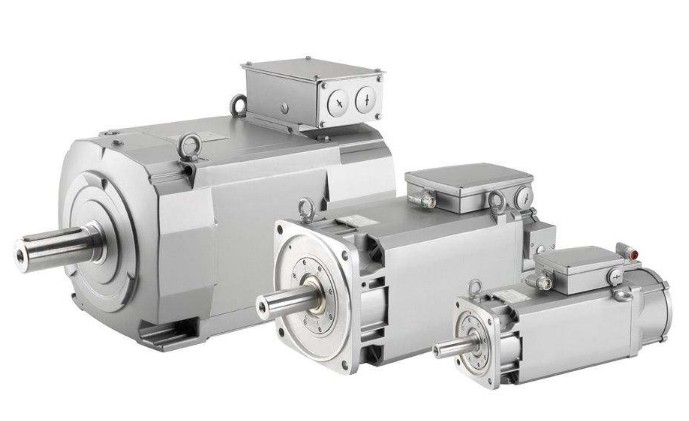
In recent years, photoelectric encoders have become a popular choice in the motion control application market, widely used in fields such as picking and releasing robots, servo motors, and machine tools.
Advantages
1. High resolution, high precision, and high speed.
2. Good stability and long working life.
3. Easy installation, low power consumption, high reliability, and insensitivity to temperature and humidity changes.
Shortcoming
1. Overreliance on "line of sight" can easily be affected by dust, dirt, and oil, leading to a significant decrease in performance.
2. During operation, the optical encoder will also consume current, and its service life will ultimately be limited by the LED.
3. CDs are usually made of glass or plastic and are prone to damage due to vibration and extreme temperatures, as well as contamination during assembly into the motor.
4. High cost and high price, requiring complex circuits to process output signals.
Magnetic Encoder
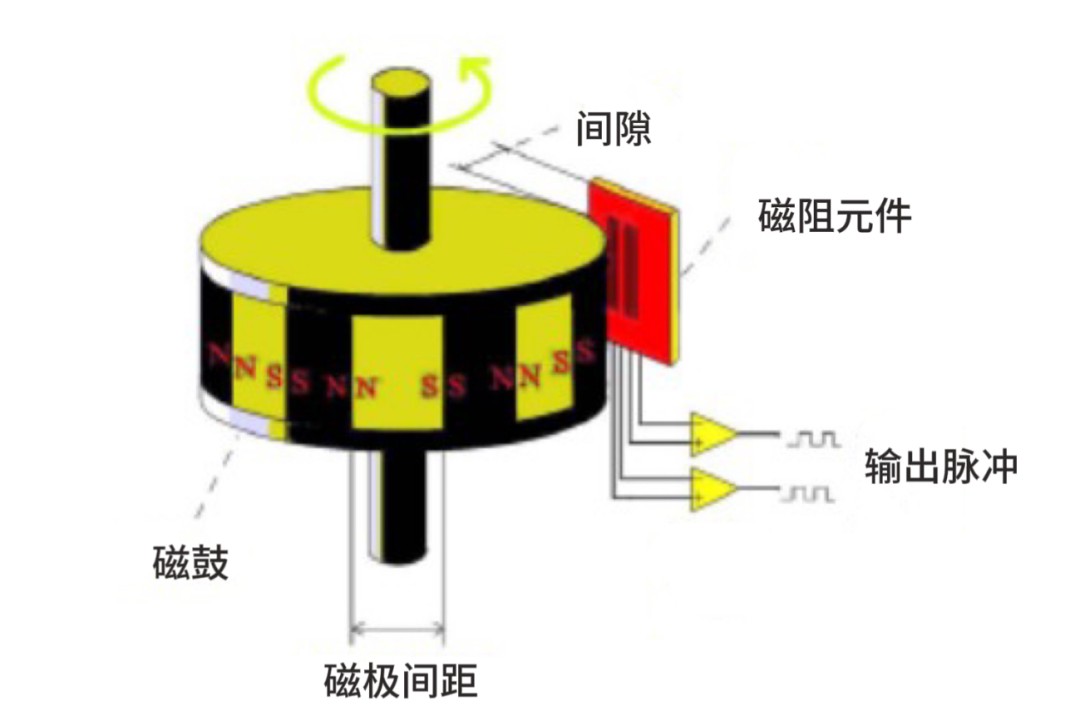
The structure of a magnetic encoder is similar to that of an optical encoder, but it utilizes a magnetic field rather than a beam of light.
The magnetic encoder uses a magnetic code disk instead of a slotted photoelectric code disk, which has spaced magnetic poles and rotates on a row of Hall effect sensors or magnetoresistive sensors. Any rotation of the encoder will cause these sensors to respond, and the generated signal will be transmitted to the signal conditioning front-end circuit to determine the position of the shaft.
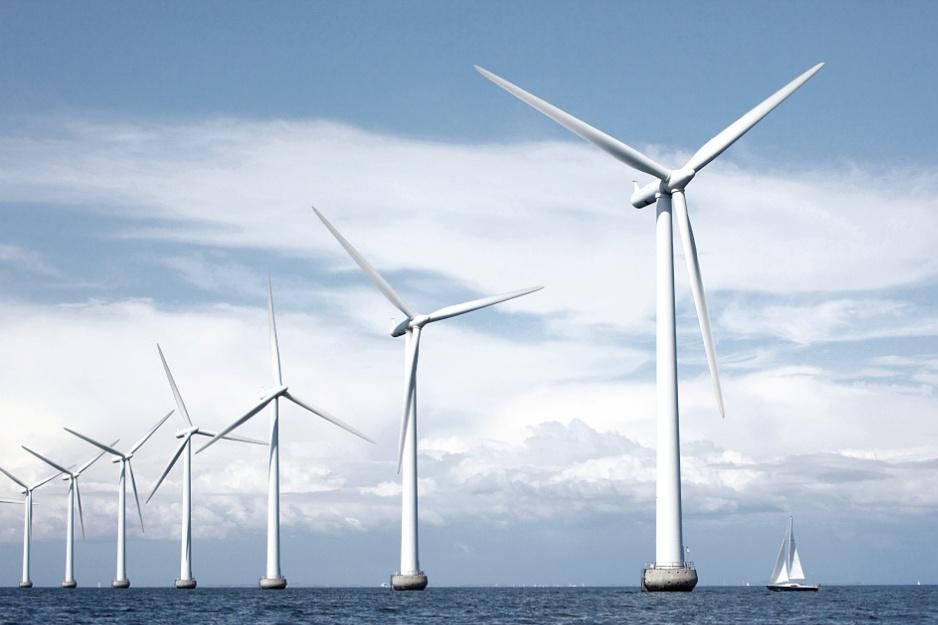
Magnetic encoders are suitable for scenarios with high vibration and harsh dust environments, such as mining operations, wind power, construction machinery, etc.
Advantages
Compared to photoelectric encoders, the biggest advantage of magnetic encoders is their robustness, durability, vibration resistance, and impact resistance. Not affected by pollutants such as dust, dirt, liquids, and oil stains.
2. There is no need for complex coding discs and light sources, with fewer components and a simpler detection structure.
Disadvantages
1. It is susceptible to electromagnetic interference generated by the motor, and temperature changes can cause position drift, requiring compensation and protection measures.
2. The resolution and accuracy are relatively low, far inferior to optoelectronic and capacitive encoders.
Capacitive encoder
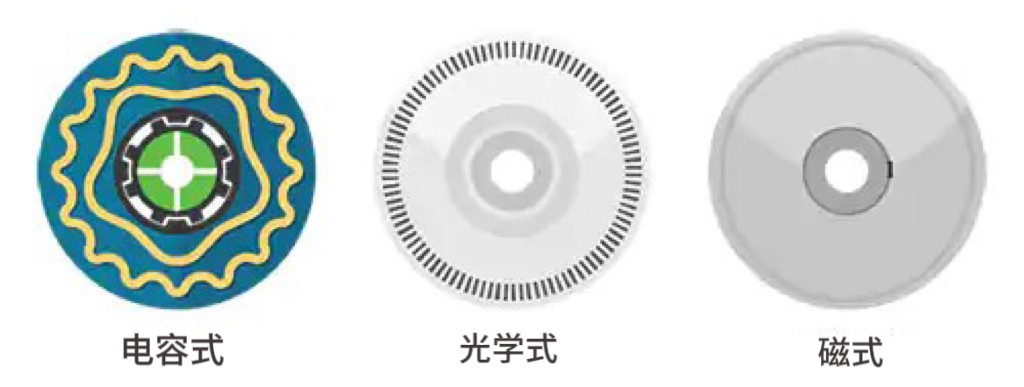
The capacitive encoder measures the absolute angle of a single turn by measuring the principle of modulating the rotating electric field, achieving high-resolution and high-precision angle measurement.
By transmitting a carrier signal through a transmitting electrode, a moving metal turntable or a moving dielectric turntable modulates the spatial electric field and reflects it back to the differential receiving electrode. After conditioning the signal and sampling it with ADC, FPGA is used for synchronous demodulation and real-time calculation of the angle value, which is suitable for measurement scenarios such as angle displacement.
Advantages
1. Simple structure and strong adaptability. Capable of working in various harsh environments such as high and low temperatures, strong radiation, and strong magnetic fields, with strong adaptability.
2. Compared to photoelectric encoders, they are less susceptible to vibration and extremely high or low temperatures.
3. Good temperature stability. The capacitance value is generally independent of the electrode material and only depends on the geometric size of the electrode.
4. The movable part can be made small and thin, with high natural frequency and short dynamic response.
Disadvantages
1. The output impedance is high, the load capacity is poor, and it is prone to unstable phenomena caused by external interference. Shielding measures must be taken.
2. The presence of parasitic capacitance not only reduces measurement sensitivity, but also causes nonlinear output. Due to the random variation of parasitic capacitance, capacitive sensors are in an unstable working state, which affects measurement accuracy.
Inductive encoder
Inductive sensors use changes in inductance to detect the position, shape, and motion status of target objects.
The core component is the coil, and when the target object approaches or moves away from the coil, it will change the induced inductance value of the coil.
Mainly used for detecting metals, magnetic fields, and other substances, suitable for measuring speed, position, and other situations.
Advantages
1. Accurate, reliable, and sturdy.
2. Strong environmental adaptability and diverse metal sensing.
3. Simple structure, high sensitivity, high output power, small output impedance, strong anti-interference ability, and high measurement accuracy.
4. Due to the lack of wear and tear from moving parts, the service life is longer.
Disadvantages
1. Due to the limitation of the magnetic field, the induction range of the inductive encoder is relatively narrow.
2. In contrast, the response is slower and not suitable for fast reading dynamic measurements.
3. Large volume and weight. The demand for precision winding coils also makes their production costs high, especially for high-precision equipment.
Time grating encoder
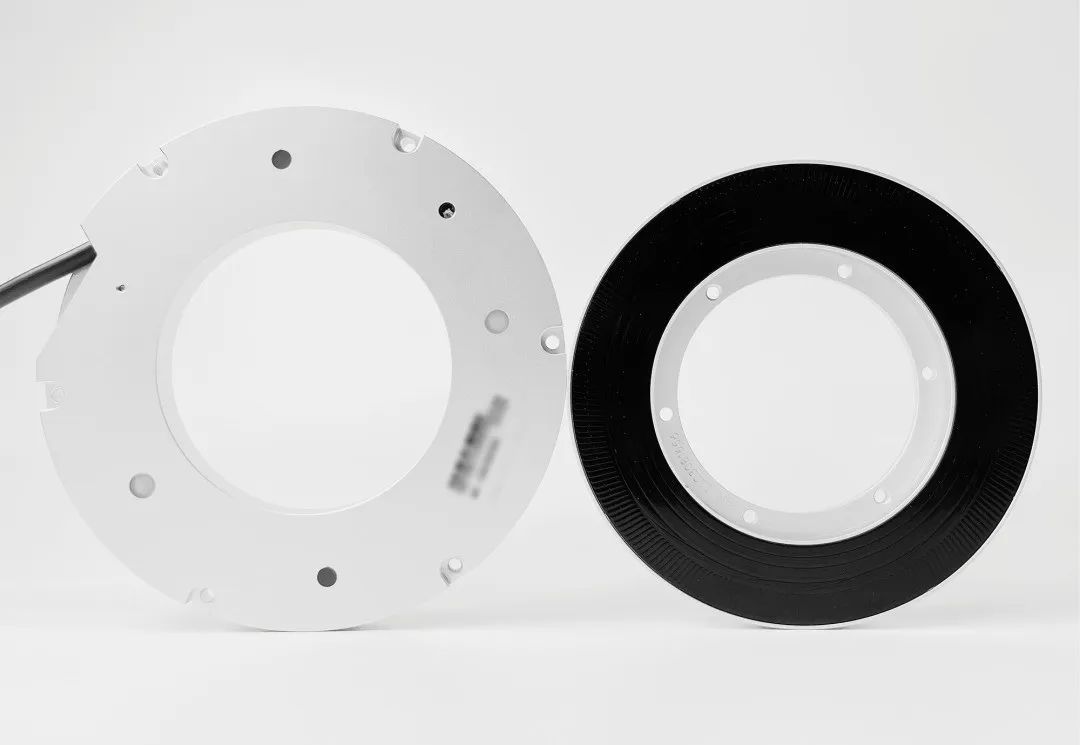
The time grating encoder uses a capacitor array as the sensing unit and an alternating electric field as the signal carrier. It adopts a unique decoding method to avoid the shortcomings of capacitive encoders. In terms of manufacturing process, it adopts printed circuit board processing technology, avoiding the high cost physical precision code plate engraving process required for similar circular grating products, achieving the requirement of small volume and light weight.
Its resolution and accuracy are not limited by spatial volume and manufacturing accuracy, and it is a new principle of high-precision and high-resolution angle encoder.
Product features
1. Durable protective shell with high resistance to impact and vibration.
2. Large hollow, high resolution, high precision, high reliability, and fast response.
3. Strong adaptability, resistant to oil pollution, dust, and water vapor, capable of withstanding temperature changes from -40 ℃ to+85 ℃.
4. Simple structure, convenient installation, and multiple width options.
5. Multiple communication interfaces, such as SSI, BiSS-C, incremental square wave, UART communication interfaces, etc.
In practical applications, selecting appropriate sensor types based on specific needs and scenarios will help improve the performance and accuracy of sensors, thereby better meeting the needs of users.
INQUIRY NOW
